If the
Honda SH150i’s $4,599 price triggers sticker shock, the more affordable
Elite might offer an appealing alternative. Priced at $2,999, the
Elite is a third less expensive than the SH150i (with an engine that’s roughly a third smaller, too)—but like any bike, it’s got its own individual pluses and minuses.
I tested the Elite by criss-crossing over 50 miles of gridlock infested Los Angeles streets, and have a few thoughts on whether or not this 108cc scooter might work for you.Downsizing can yield great benefits, and the Honda Elite is a prime example of what can be gained from selective loss. Thanks to its liquid cooled, fuel injected 108cc engine, the saved space enables a considerably larger underseat storage area—35 liters to be precise, which is big enough to swallow two full face helmets, a notable improvement over the SH150i’s skimpy compartment. The Elite also gains a map box just beneath the instrument panel and a handy ignition key lock. Improved fuel economy is also another boon to the smaller package, and the Elite produces over 100 mpg based on EPA emissions testing. Curb weight is 254 pounds, 48 pounds less than the SH150i. Honda Elite 2009.
But something’s gotta give somewhere, and the Elite’s top speed is a little over 50 mph (versus the SH150i’s 65 mph.) Due to its sub-150cc status, the Elite isn’t freeway legal (at least in California), and while 50 mph is plenty fast for surface streets, the Elite immediately gets nixed if interstates happen to be a part of your riding routine.
Also notable are its small tires, which measure 10 inches at the rear and 12 inches up front—a significant drop from the SH150i’s 16-inchers… but more on that later. The Elite is equipped with a rear-to-front linked braking system and a parking brake, and available accessories include a top case which allows 27 extra liters of storage ($143.95), and a tall windshield ($189.95.) Also included is a transferrable one year, unlimited mileage warranty.
The Ride: City Street Manners,
The Elite’s saddle sits 29.1 inches above ground, and like the SH150i it only comes with a center stand (as opposed to a conventional side stand.) But lighter weight makes it less of a hassle to push off and get going—though you’ll also notice the scooter’s more compact proportions when you try to finagle room for your feet on the floorboard. It can take a bit of maneuvering for tall riders to get their feet, butt, and upper body positioned just right, and the Elite’s ergonomics are certainly biased towards in-town jaunts rather than longer distance rides.
Lane-splitting this little ride allows for fearless (but potentially risky) maneuvers that couldn’t otherwise be performed on a larger scooter or motorcycle. Acceleration isn’t most impressive right off the line, but it quickly spools up as momentum is increased. More impressive than the Elite’s “Go” is its “Stop”: the linked brakes feel strong, and their abilities make it tempting to go faster than you ought to in traffic. Likewise, the ten and twelve inch wheels add an element of darty maneuverability, though at higher speeds it takes a steady hand to keep the Elite along the intended trajectory. The chassis doesn’t feel quite as insulated as the SH150i’s, and road irregularities are transmitted more jarringly through the wheels and suspension.
More a nimble traffic jouster than a high-speed cruising machine, the Elite is well suited to the surface streets it’s relegated to due to its engine displacement.
The Bottom Line: A Zip and a Smile
Comparisons between the Elite and its stablemate the SH150i are inevitable, and choosing between the two depends entirely on your needs. The Elite isn’t freeway ready, but it does offer a slightly more maneuverable riding experience while slicing and dicing through traffic. The increased storage space is one welcome benefit of the smaller engine, but the bike’s clanky response to bumps are a not-so-gentle reminder of its diminutive suspension components and down-spec’d chassis. Looking outside the Honda brand, the Yamaha Zuma 125 offers slightly more displacement for the same price, but the Elite’s smoother flowing styling cues will likely steal some sales thunder from the quirky looking Yamaha.
After 50 miles of city riding, I returned the Elite with a grin on my face and a fuel gauge that only dipped down a couple of clicks. The Elite earns 3.5 out of 5 stars (which ties it with the SH150i), mainly since its advantages are counterbalanced by a few disadvantages. But budget-minded buyers who don’t need a freeway commuter will find that the $2,999 Elite is exactly what we seek in the scooter genre: sensible, efficient, and reliable two-wheeled transportation that can get us from point A to B with a zip and a smile Honda Elite 2009.
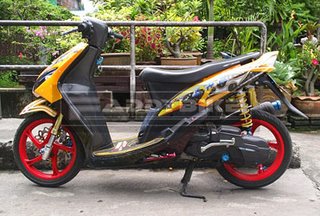




 wow very amazing and very interesting.
wow very amazing and very interesting.

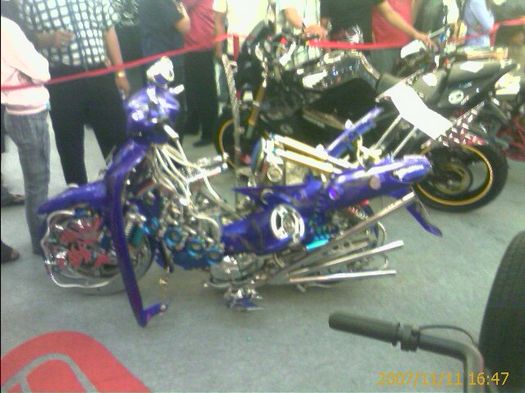
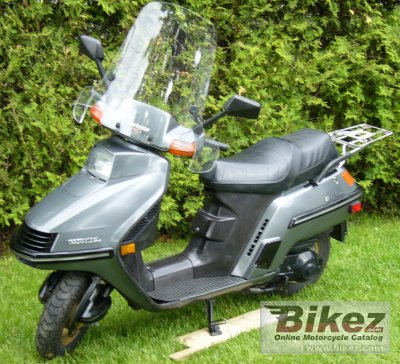


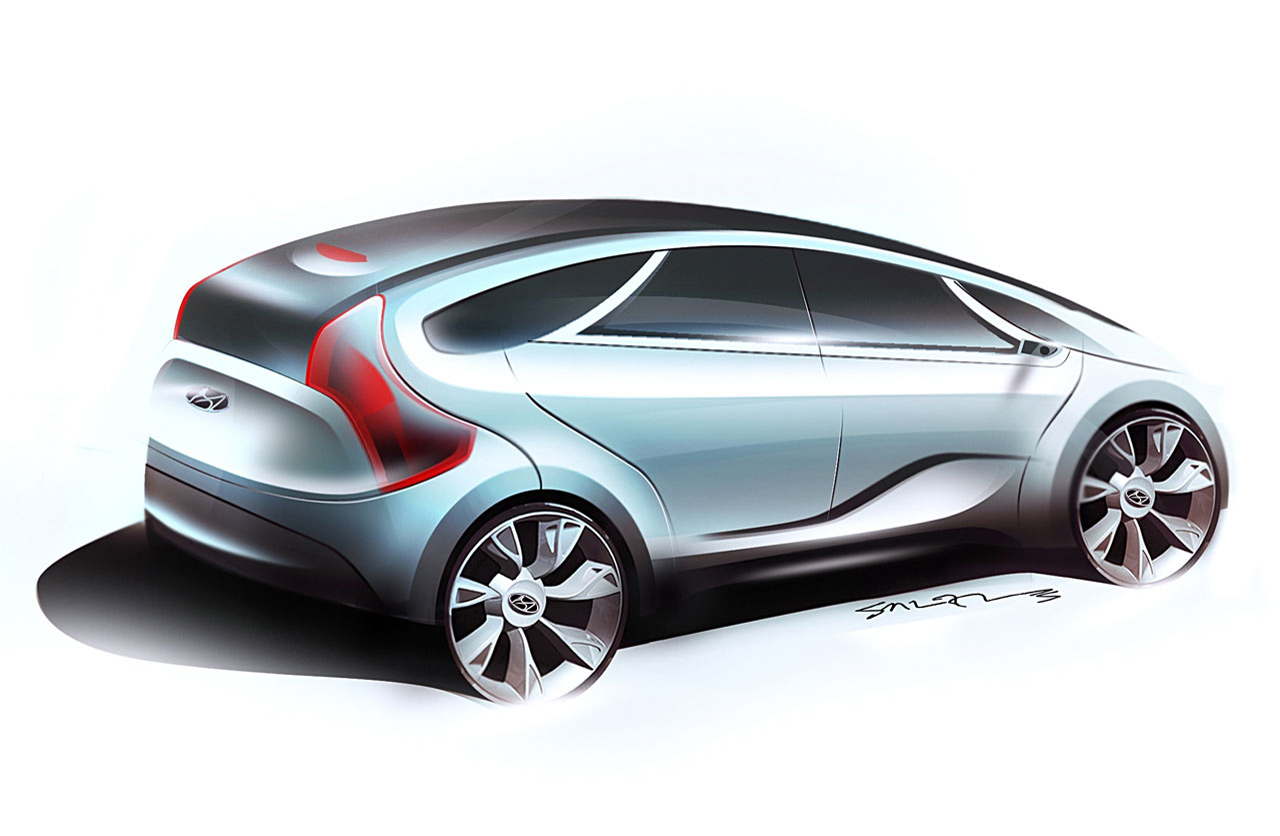

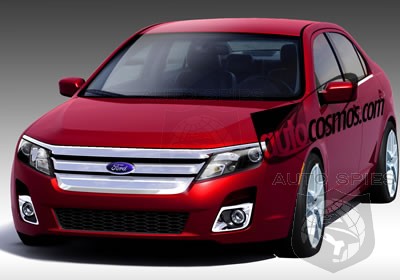


 In fact, the 2010 Ford Fusion (and its rebadged brother, the Mercury Milan) are the last examples offered with Detroit Three nameplates. The Fusion's competition from Chrysler and General Motors are only available with automatic gearboxes, and while the import brands all offer the option to shift-it-yourself, few are actually purchased by stick-averse Americans.
In fact, the 2010 Ford Fusion (and its rebadged brother, the Mercury Milan) are the last examples offered with Detroit Three nameplates. The Fusion's competition from Chrysler and General Motors are only available with automatic gearboxes, and while the import brands all offer the option to shift-it-yourself, few are actually purchased by stick-averse Americans.
 Earlier this week when we said than Porsche shows Nissan Modification to cheat, more exactly the GTR could not pack a covering on the racecourse of Nurburgring (Nordschleife) as Juste 7 minutes and 29 seconds. In order to show this Porsche Nissan standard GTR bought, brought it to the German racecourse and the surprise left: the GTR packed covering in 7 minutes and 54 seconds, with more than 25 seconds more than the covering packed by the driver of Nissan.
Earlier this week when we said than Porsche shows Nissan Modification to cheat, more exactly the GTR could not pack a covering on the racecourse of Nurburgring (Nordschleife) as Juste 7 minutes and 29 seconds. In order to show this Porsche Nissan standard GTR bought, brought it to the German racecourse and the surprise left: the GTR packed covering in 7 minutes and 54 seconds, with more than 25 seconds more than the covering packed by the driver of Nissan.

 Dynamically styled notchback sedan celebrates its world premiere in Geneva. Generous amount of space for passengers and luggage.
Dynamically styled notchback sedan celebrates its world premiere in Geneva. Generous amount of space for passengers and luggage.



